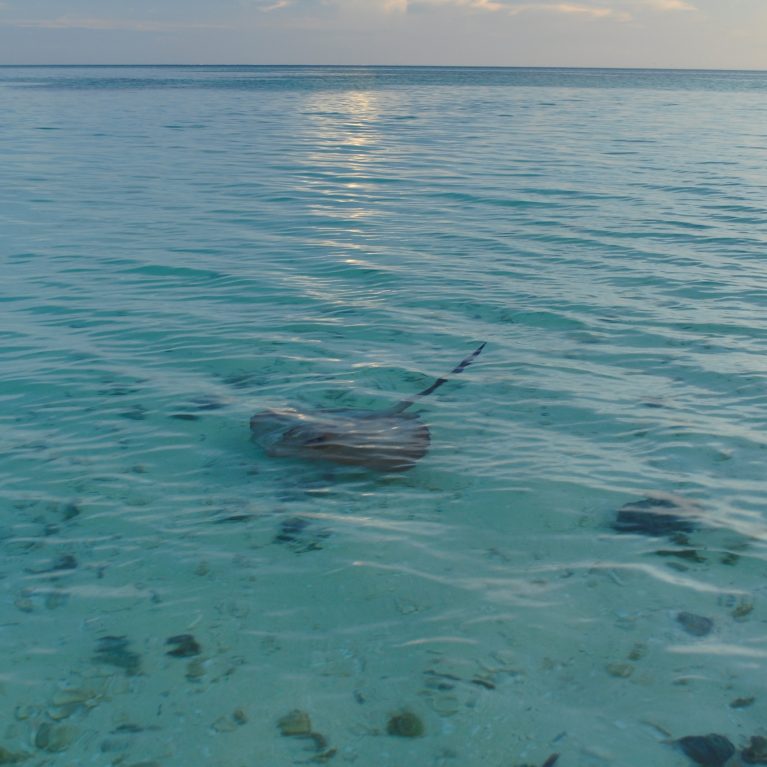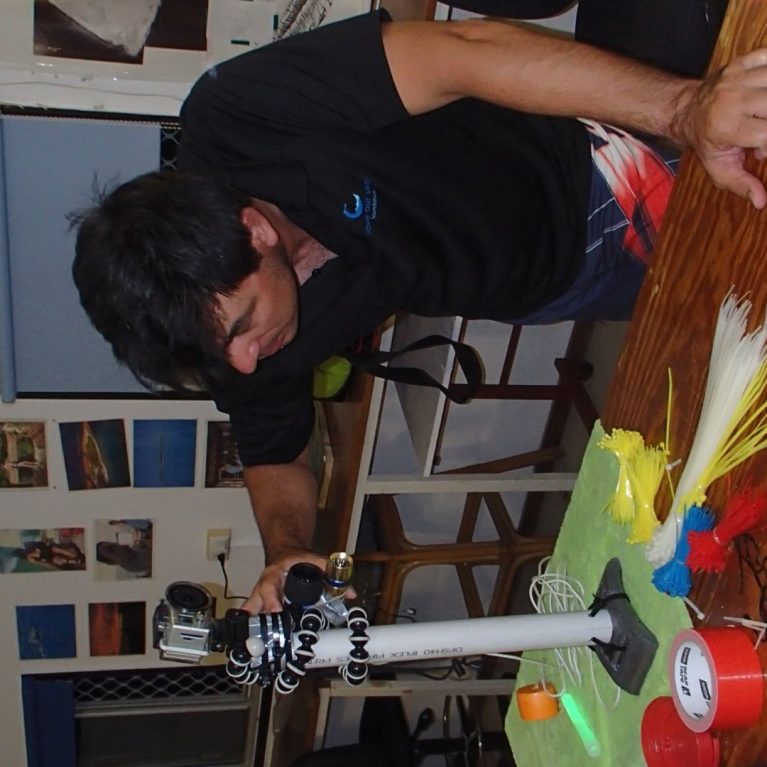Hunting for porcupines
Andrew wants to know more about the ‘spiky pancakes’ that are porcupine rays, but to do this, he needs to find them first. Armed with underwater cameras, a kayak, and snorkelling and fishing gear he is on a mission to seek out the elusive porcupine ray in the Great Barrier Reef.
My fascination for fish and fisheries, especially sharks, began in South-East Asia, where I was born and raised. I acted upon this fascination when I moved to Australia and have been working in marine research since the 1990s, initially in marine ecotourism and subsequently for the Great Barrier Reef Marine Park Authority on coral reef surveys, impact assessments and environmental monitoring for 10 years. I edited the State of the Great Barrier Reef Report and am currently an editor for the journal Pacific Conservation Biology. My research focuses on coastal ecology and fisheries, particularly sharks and rays, interdisciplinary fisheries...


Exposure and sensitivity of the porcupine ray to climate change and coral reef degradation
The key objective of this research is to document the movement and habitat use patterns of the porcupine ray in coral reef environments and thus determine how the species’ behaviour and habitat use affect its vulnerability to habitat loss and environmental change, and identify potential management responses to reduce impacts and increase the species’ resilience.
Although the porcupine ray Urogymnus asperrimus is widespread in the Indian Ocean and Indo-West Pacific, it is rare and has declined in at least parts of its range. Furthermore, very little is known about the species. By investigating the porcupine ray’s movement patterns and habitat dependencies, this project will contribute to better understanding the species’ vulnerability to habitat degradation and environmental change.
The porcupine ray is a distinctive and unusual stingray associated with coral reefs. It appears to play an important role in bioturbation and habitat formation in reef lagoons. It is widely distributed from the Indian Ocean to the Indo-West Pacific, but relatively rare and very little is known about its biology or ecology. A recent review of the species in Australia located only 25 records in museums and scientific databases. The lack of information about the porcupine ray’s biology and ecology is a significant issue given its rarity and the serious threats it faces from habitat degradation and environmental change, especially considering both the documented and projected declines in coral reefs throughout its range. Lack of information about the species’ habitat use and movement compromises scientific understanding of its exposure to risks, sensitivity to these risks and ability to adapt to impacts through compensatory behaviours, such as reaching and colonising alternative habitats and locations should coral reefs in one area become degraded.
While the species is rare, its highly unusual appearance makes it easy to identify and contributes to its potential role as a charismatic coral reef species. Capitalising on these traits, a pilot study was carried out in 2012 using citizen scientists to identify hot spots of porcupine ray distribution. This facilitated the identification of two potential study sites in the Great Barrier Reef. This project will focus on one of these sites, One Tree Island in the Southern Great Barrier Reef.
- Document fine-scale habitat use of the porcupine ray.
- Determine whether porcupine rays exhibit consistent and predictable patterns when using specific habitats and locations.
- Determine whether movement and habitat use are affected by environmental and ecological factors, such as temperature, tidal state and inter-specific interactions.
- Assess how the porcupine ray’s habitat use and movement patterns affect the species’ exposure and sensitivity to impacts, and its potential to adapt to impacts through movement and dispersal.

